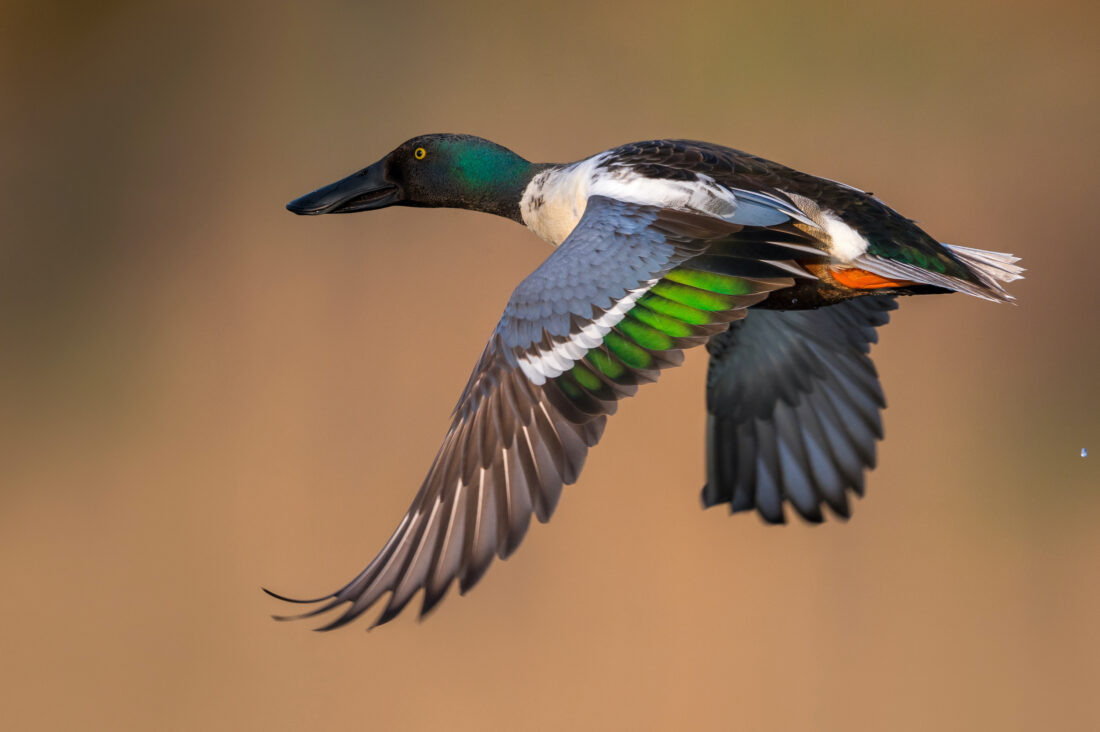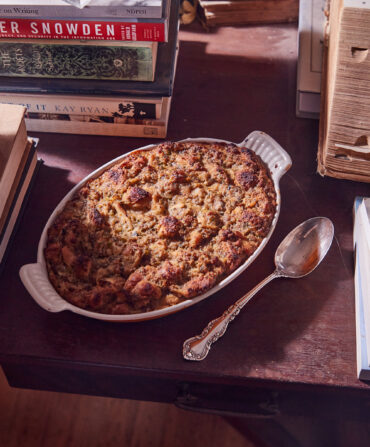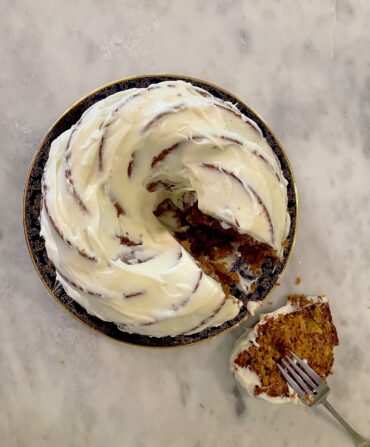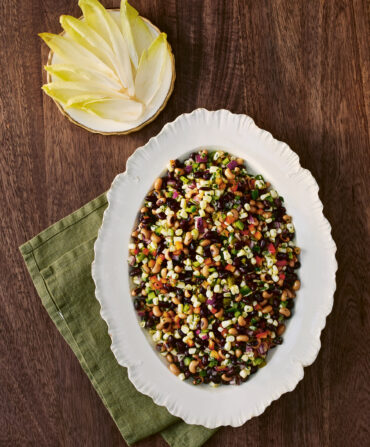I’m not innocent. It happened again last week. Tucked into an Arkansas pit blind, five of us hunkered down as ducks beelined for the decoys. The five birds flew in through a hazy glare on the water, so it wasn’t until the last second that I recognized their unmistakable profile.
“Spoonies,” I said, and with that one word the excitement in the blind vanished. Hands came off of shotguns. I took a bite from a honey bun. The five northern shovelers sailed over the blind, in range but unmolested.
I have great pity for the disrespected northern shoveler, aka spoonbill, spoonie, spooner, smiling mallard, and Hollywood duck. The bird has done nothing to deserve its bad rap, other than try to make a living, but it’s looked down upon by duck hunters from Saskatchewan to South Carolina. Granted, the spoonie isn’t the sharpest knife in the drawer, but the species’ willingness to finish in the decoys has salvaged many a slow hunt. Nor is it the tastiest fowl in the sky, but it’s no fish-fed merganser, either. Still, when it comes to respect from the waterfowling world, the smiling mallard simply can’t catch a break. And that certainly has much to do with its oversized beak.
While the pintail drake’s elegant long tail feathers and slender scimitar wings are its identifying marks, and the mallard’s emerald-green noggin and the teal’s rakish colors win fans, it’s the shoveler’s big schnozz that marks the bird. You can see it from seventy-five yards away. Along the edges are more than one hundred fine comb-like serrations. To feed, the duck takes a big honking bite out of the pond bottom, then grinds the goop with that monstrous maw, filtering out small crustaceans and invertebrates and seeds, squishing out the leftover slop from openings at the base of the bill. Sure, those table manners would get the spoonie booted out of most country clubs, but it’s simply filling its ecological niche.
And holy moly, this is a pretty duck. The males have a mallardesque green head and neck, with a chestnut belly and flanks and a brilliant white chest and breast. The females are drab, but they have their finer qualities. When a predator flushes a hen spoonie from the nest, she will often poop on the eggs in order to turn away the fox or skunk. That’s just good parenting.
As for their tastiness, I’ve eaten spoonbills from three different flyways over the years, and I can honestly report that they do not deserve such gustatory rancor. They’re no corn-fed mallard, but they’re just dandy for duck fajitas or gumbo. My buddy Jimbo Robinson—one of the hunters who passed on those shovelers last week—told me he had sampled a spoonbill breast-meat paté that absolutely knocked his socks off. Inspired, I tracked down this recipe, from Tasia Malakasis, a cookbook author, entrepreneur, and former Chief Cheese at Alabama’s renowned goat cheese maker Belle Chevre. It’s a favorite of Ducks Unlimited’s “Sporting Chef” Scott Leysath, which is high praise, and if I get another shot at these ducks in these last days of the season, I won’t pass them up again. I’ll raise a glass of Two Buck Chuck to my spoonbill paté and be thankful that even the lowliest of wild game is something to celebrate.
Follow T. Edward Nickens on Instagram @enickens.








